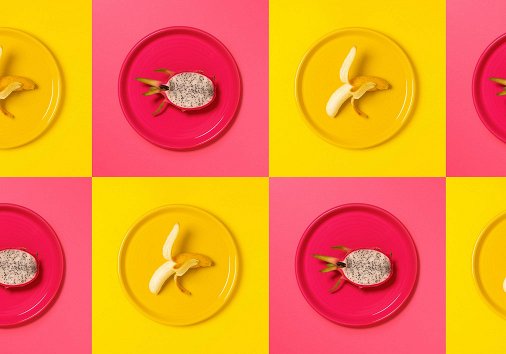What is Blue Hour in Photography
Blue Hour is not a real “hour” — it’s the time right after a sunset or just before a sunrise, when the Sun is ~5° below the horizon.

What is Blue Hour
Its actual duration depends on the spot’s location, time of the year and weather, but on average it lasts about 15-20 minutes.
If you intend to catch it, you may use an online calculator, but you may also have a look at a common weather app on your smartphone and check the sunset/sunrise time. If the Sun rises at 6 a.m., Blue Hour will last approximately from 5.30 to 5.50.
Blue Hour vs Golden Hour
While Golden Hour adds a reddish hue to the objects, makes the air warm and shiny, turning an average landscape into the most romantic place on the Earth, Blue Hour acts the other way.

This lighting casts blue shadows, making the sky deep and mysterious. Photos taken at this time look cold and gloomy, they may be romantic — but that’s not a cozy and heart-warming romanticism of Golden Hour, which smells like a field of wheat and freshly-baked bread. That’s a reminiscence of endless roads, wide open spaces, the choices to make and our eternal loneliness.

This time is also remarkable for its paradoxicality. The streetlights may be still on, sometimes you can even catch the Moon, so Blue Hour pictures combine day and night in the quaintest manner.

Tips and ideas
You are quite unlikely to shoot a Blue Hour movie — as it was already explained, you simply won’t have enough time — but the hunting may still be good. Especially if you follow our tips:
Set your cam in a manual mode
The chances are high that auto settings will fail to catch the mood. Pay special attention to white balance, try different flash modes and set up a slow shutter speed. Taking it into account, of course, use a tripod or at least place your cam on a sound surface and use a remote shutter release or timer.
The aperture must be large enough to let the poor light in, for example try f/1.2.
Shoot in RAW format
If you can, use a professional digital camera which shoots in RAW, as this format opens numerous ways of post-shooting editing. Blue Hour is all about light, so if you fail to grasp it, you will be able to adjust the pic’s or video's brightness, contrast, saturation, and other parameters.
Develop your skills
Start with shooting landscapes. First of all, they stay still, which is especially handy under the circumstances of low shutter speed. Then, navy-blue sky or indigo water get even darker and deeper colors.
When you feel more confident, go on to work with cityscapes. Their electric lights look just marvelous at Blue Hour.

Finally, when you master this type of photography, try portraits. Blue casts hide some minor imperfections of appearance and make a model look thoughtful.


And be never afraid of experiments! After all, this time is called a “Magic Hour” for a reason.



